Approximately fifteen percent of PA students identify as bisexual, homosexual, pansexual — well above the national average. Our faculty who identify in this way make up about ten percent of the total faculty — also well above the national average for the general population.
There are a few key places on campus where we can see acknowledgement of LGBTQ identities, but one of the conundrums of sexual orientation is that it is not necessarily something that is visible. Yet LGBTQ people often rely on visual cues to determine the safety of a place and whether that is a place where they can belong.
Through this project, The Rainbow at PA: Making the Invisible Visible, I hope to help implement strategies for making Phillips Andover a campus that visibly represents our commitment to creating an “equitable and inclusive school” for LGBTQ identities.
The Importance of Space and Place
If we were to walk onto an empty PA campus, devoid of all of our vibrant community members, we could probably envision our school’s past as an all-male institution. Could we also see expressions of sexuality? If spaces — such as our campus — can reflect race, gender, and class, can it also reflect sexuality?
Our built environment is a product of the time in which it was constructed as well as the time in which it is used. Space reflects and shapes identities. If we think of physical space as social products — something we created — it becomes central to human interactions. Spatial theory posits that physical spaces cannot be neutral since they affect how we see ourselves and how others see us. We think of a space as queer only when visual markers indicate it. Otherwise heterosexuality becomes the default.
One of the key successes of the gay liberation movement — perhaps the very reason it succeeded — was spatial visibility. Through marches and pride parades, law suits and literary works, the gay movement infused public spaces with queer identities. Their visibility became a direct challenge to heteronormativity and heterosexism. Even as we thought of sexual orientation/sexuality as something that was private, the visibility of gay activists served as an indicator that sexuality is always present in the spaces we inhabit.
Beyond geographical space, this project also considers the importance of place in shaping and reflecting identity. Place includes social institutions, policies, values, etc. Together space and place help to create a sense of belonging. Often, these markers carry more meaning for those to whom they directly apply. Most of us might not even notice a safe-zone sticker, but for LGBTQ peoples a safe-zone sticker or a policy that acknowledges all genders can be an indicator of where they can develop a sense of belonging.





